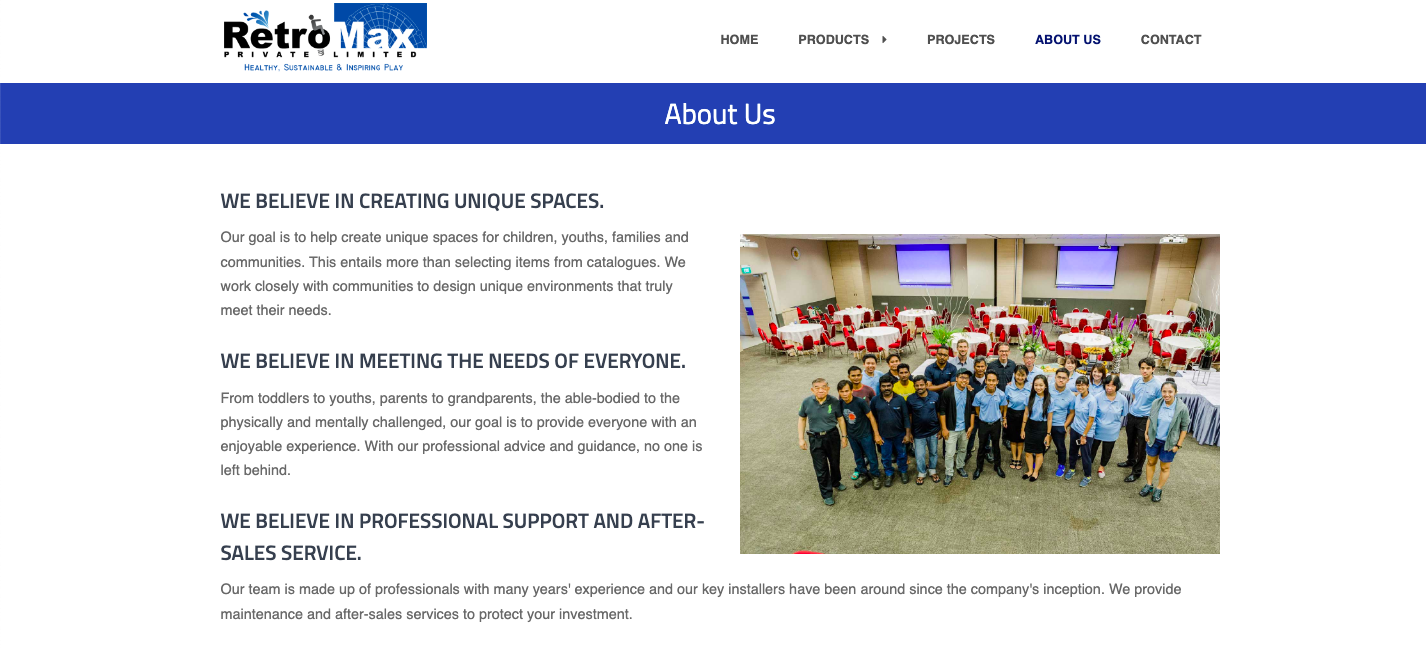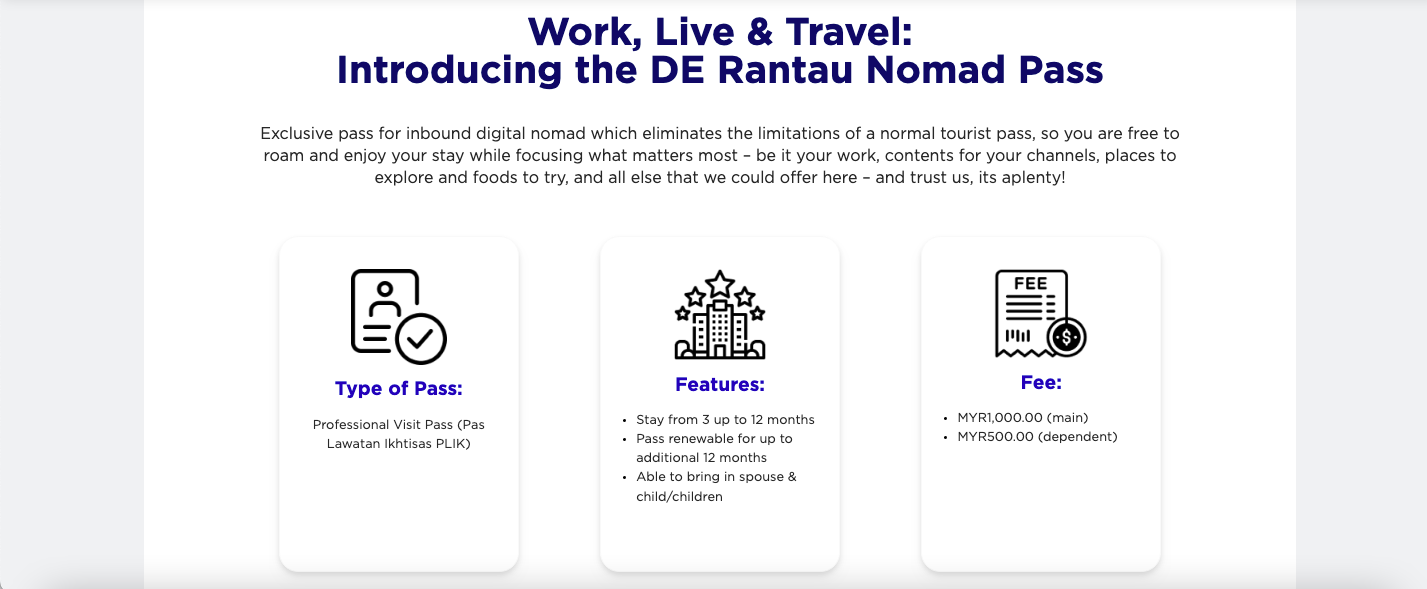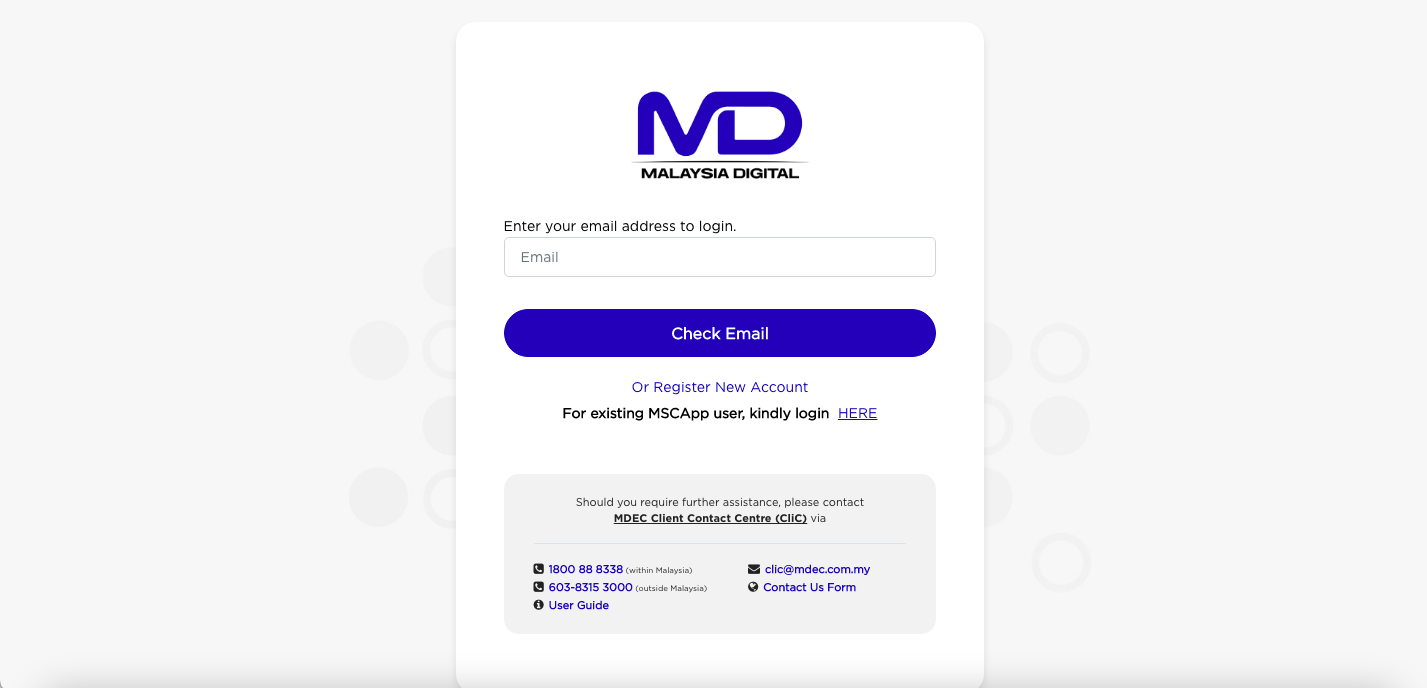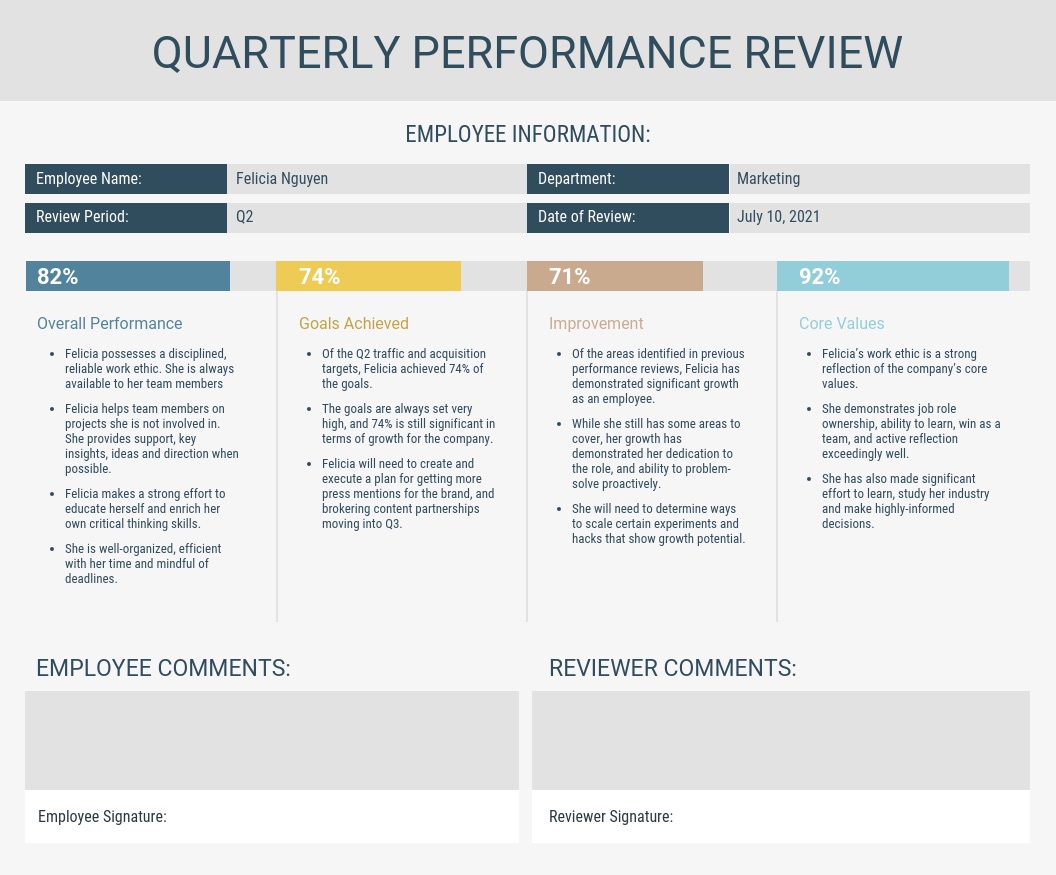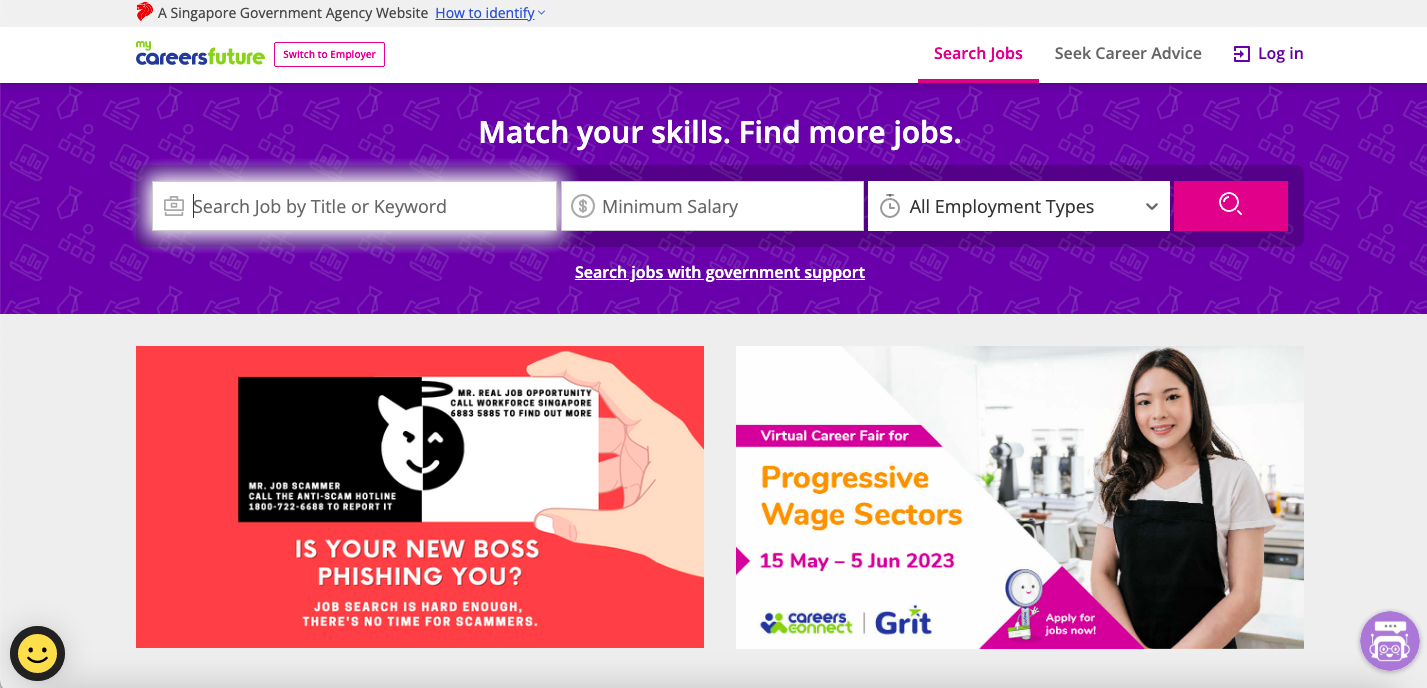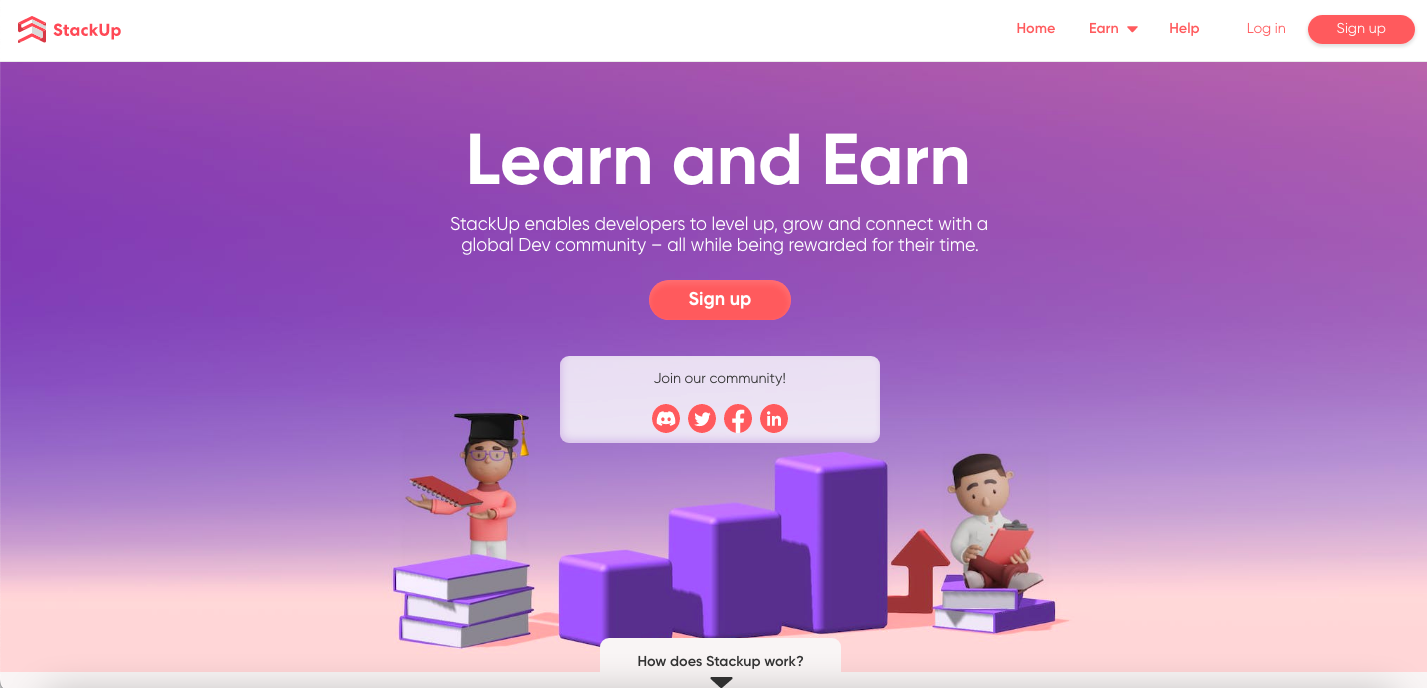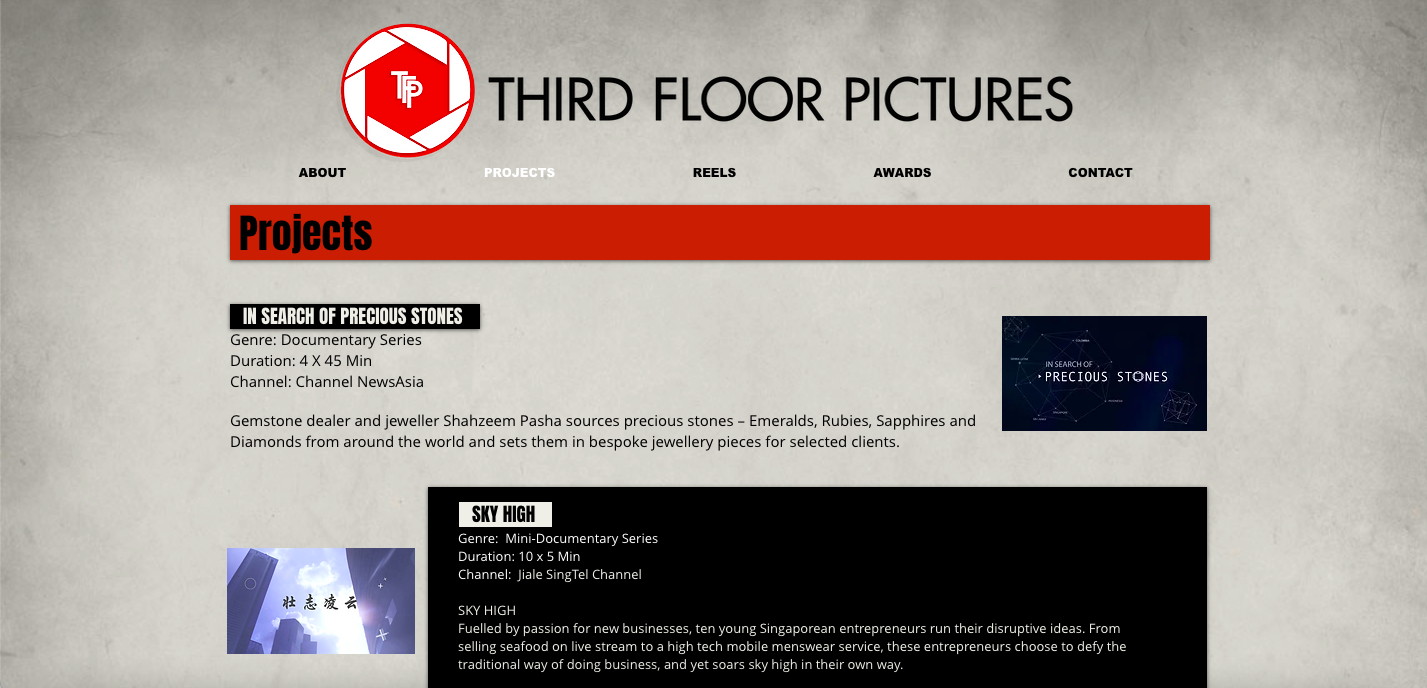The world of work has undergone a significant transformation in recent years, with work-from-home opportunities becoming increasingly popular.
As hybrid or remote work gains traction, you may find that you thrive better in such a system. Or if you’ve not given it a try and wonder if you will be able to handle the “freedom”, why not give it a shot?
Here are the latest WFH internships posted from 30 May to 1 June 2023.
#1: Duo Studio Pte Ltd – Social Media Executive (Intern) – Client Servicing
View this post on Instagram
Website: duo.social
Allowance / Remuneration: $800 – 1,000 monthly
Job Qualifications
- A keen interest in social media
- Being meticulous is a must
- Excellent communication skills
- Fluency in English
- Positive attitude, detail, and customer-oriented with good multitasking and organizational ability
- Available for at least 6 months
Key Responsibilities
- Support reporting managers in monthly content calendars; client servicing, project management, copywriting, media management, content management, reporting
- Quality checks on editorial calendars and schedules
- Coordinating and liaising between media agency, clients, and creative team to put together these calendars on time and on brief, as well as ensuring posts are scheduled on time and reports are submitted on time
- Scheduling and publishing of posts (including weekends when necessary)
- Brainstorming on new campaigns
- Compile reports showing results (ROI)
How to apply?
View the job post in full here and send your application to [email protected].
#2: Stacked Homes – Media Intern
View this post on Instagram
Website: stackedhomes.com
Allowance / Remuneration: $750 – 1,100 monthly
Job Qualifications
- Diploma or Degree student in film, broadcasting, communication, or other related fields.
- Proficiency with camera equipment and Adobe applications is a plus.
- Excellent interpersonal skills.
- Compensation depends on experience and skill level.
Key Responsibilities
- The intern is in charge of supporting the media team for Stacked, this role involves assisting with multiple distribution methods via YouTube, Website, and Social Media.
- Work closely with team members to market content to help shape the company’s vision for its offerings.
- Additional responsibilities would include working with sales and marketing professionals to determine how to expand the audience for their network.
How to apply?
View the job post in full here and send your application to [email protected].
#3: SolaTeks Pte Ltd – Engineer Intern
Website: solateks.com
Allowance / Remuneration: $1,500 – 2,000 monthly
Job Qualifications
- In a bachelor’s degree in electrical engineering, software development, or a related field, a master’s degree and above are welcome to apply as well.
- Had some experience in designing and building electronic devices or IoT products.
- Expertise in electrical circuits, including knowledge of AC and DC power, voltage regulation, and wiring.
- Proficiency in programming languages such as C, C++, or Python, and experience in embedded systems development.
- Experience in industrial design, including knowledge of ergonomics, durability, and aesthetics.
- Strong project management skills, including the ability to create project timelines, manage resources, and communicate effectively with stakeholders.
- Knowledge of IoT technologies and protocols, including wireless communication protocols such as Wi-Fi, Bluetooth, and Zigbee.
- Strong problem-solving skills and the ability to think creatively.
- Excellent communication skills to communicate effectively with team members, stakeholders, and customers.
Key Responsibilities
- Design and build the electrical components of the device, including the power supply, control circuits, and charging systems.
- Develop firmware and user interface for the device using programming languages such as C, C++, or Python.
- Create physical casings for the device that are both functional and visually appealing.
- Oversee the development process from start to finish, including creating project timelines, managing resources, and communicating with stakeholders.
- Troubleshoot problems that arise during the development process using strong problem-solving skills and the ability to think creatively.
- Communicate effectively with team members, stakeholders, and customers.
How to apply?
View the job post in full here and send your application to [email protected].
#4: Little Happy Haus – E-Commerce Business Development Intern
View this post on Instagram
Website: littlehappyhaus.com
Allowance / Remuneration: $800 – 1,500 monthly
Job Qualifications
- Passionate about e-commerce
- Able to communicate clearly and concisely
- Organized and meticulous
- Work well independently as well as in a team
- Resourceful problem solver who can get things done fast
- Take pride in your work and thrive in a fast-paced environment
- Strong willingness to learn (be it from experience, the team, YouTube, or Google)
- Only open to those residing in Singapore / Undergrads are welcome to apply
Key Responsibilities
- Listing of products on e-commerce marketplace platforms and website
- Responsible for management, operation, and online sales of various e-commerce platforms and website
- Planning, managing, and executing promotion campaigns for e-commerce platforms and strategies to drive traffic & sales
- Creating social media content and managing social media channel
- Maintaining and updating the company’s online store and social media while ensuring all content (pages, products, and prices) are displayed accurately
- Stock-taking, packing orders, and co-ordinate logistics arrangement
- Establish a new revenue stream
- Provide excellent customer service
- Perform ad-hoc duties as assigned
How to apply?
View the job post in full here and write to Doranne via this link.
#5: Retro-Max Pte Ltd – Marketing Intern
Website: retromax.asia
Allowance / Remuneration: $700 – 1,250 monthly
Job Qualifications
- Some experience in digital marketing or related field is a plus
- Good understanding of digital marketing channels, including SEO, PPC, and social media
- Experience with graphic design or video production/editing is a bonus.
- Experience in the use of marketing automation tools
- Strong analytical skills and experience with web analytics tools (e.g., Google Analytics)
- Good project management skills
- Familiarity with managing brand pages on social media
- Desire to learn and receive feedback
- Excellent written and verbal communication skills
Key Responsibilities
- Help develop marketing strategies that align with the organization’s business goals
- Assist in managing and executing campaigns across various digital channels, including social media, search engines, and specialized display advertising
- Measure and report on the performance of digital marketing campaigns, and assess against goals (ROI and KPIs)
- Conduct market research and analyze trends to identify new opportunities and improve campaign performance
- Assist in creating engaging content and optimizing user experience
How to apply?
View the job post in full here and send your application to [email protected].
Note: We’ve selected these internships based on the “remote” tag, but some positions may still require some face-to-face time. Please contact the employer directly for more deets.



